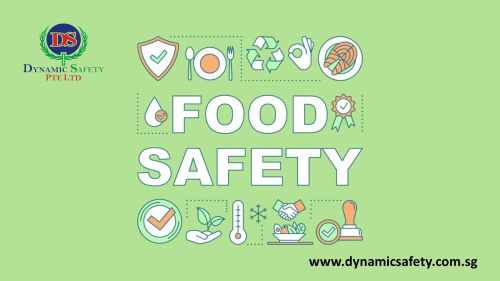



Blog
Food Safety: Overarching Concepts and Terminologies

Food industry professionals use the HACCP system as one of their primary strategies. Controlling food production is a systematic process for ensuring food safety and preventing food changes. Health hazards are more likely to occur in production steps where control practices are used. For the implementation of HACCP in food industries, GMP and SSOP are required, which cover a number of food industry aspects, including physical structure, maintenance, water supply, personal hygiene, pest management, methods of sanitization, calibration of equipment, and quality control of raw materials and ingredients. As a general rule, the system should be applied to all steps of the food chain, from raw material production to final product production, including consumer demands, such as processed food that has no adverse effects on their health (World Health Organization, 1997).
Concepts and terms used in the HACCP system include:
? Hazard: Food that is unfit for consumption due to unacceptably high levels of biological, physical, or chemical contamination.
? Risk: An assessment of the likelihood of a hazard occurring.
? Critical control point (CCP): The process in which preventive measures are taken to control the product being produced, and to reduce, eliminate, or eliminate risks to the public's health. Different types of CCPs exist based on how much control a hazard has: CCPe for elimination, CCPp for prevention, and CPPr for reduction, minimization, or delay of hazard.
? Critical limit: Determined for every variable associated with a crucial point is the value or characteristic. Consumer health is at danger due to noncompliance. Guidelines or legal standards, specialized literature, expert practical knowledge, prior surveys, internal firm laws, and other sources are used to define critical boundaries.
? Corrective action: When essential limits are not met, precise and immediate steps must be taken.
? Validation: To find out if the HACCP system is operating as intended, further tests can be used or monitoring records can be examined.
? Decision tree: Logical procedure for figuring out whether a component, raw material, or process step is a CPP for a particular risk.

